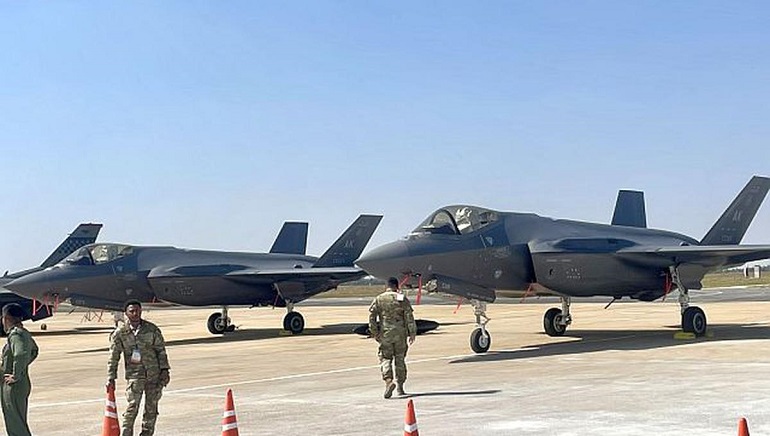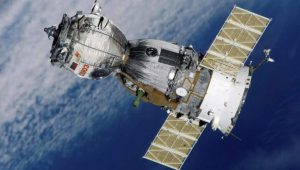The Unified Payments Interface (UPI) of India was linked to Singapore’s PayNow payments system on February 21 in the presence of Prime Minister Narendra Modi and his Singaporean counterpart Lee Hsien Loong.
Reserve Bank of India Governor Shaktikanta Das, and Ravi Menon, Managing Director, Monetary Authority of Singapore, led the launch of this cross-border connectivity on Tuesday.
The linkage of two real-time payment systems will enable faster and cost-efficient transfer of money. It will help residents of both countries to send cross-border remittances more quickly and cheaply. It is expected to benefit the Indian diaspora in Singapore, particularly migrant workers and students, by allowing for instant and low-cost money transfers from Singapore to India and vice versa. Prime Minister Modi called it a new milestone in India-Singapore relations.
According to the Union Ministry of External Affairs (MEA) document Population of Overseas Indians (2022), there are 6.5 lakh Indians residing in Singapore, including non-resident Indians and persons of Indian origin.
In a statement on February 13, Union Minister for Electronics and Information Technology and Communications, Ashwini Vaishnaw said that the developed countries like Canada, Japan, and Mexico have shown interest in the UPI model.
























